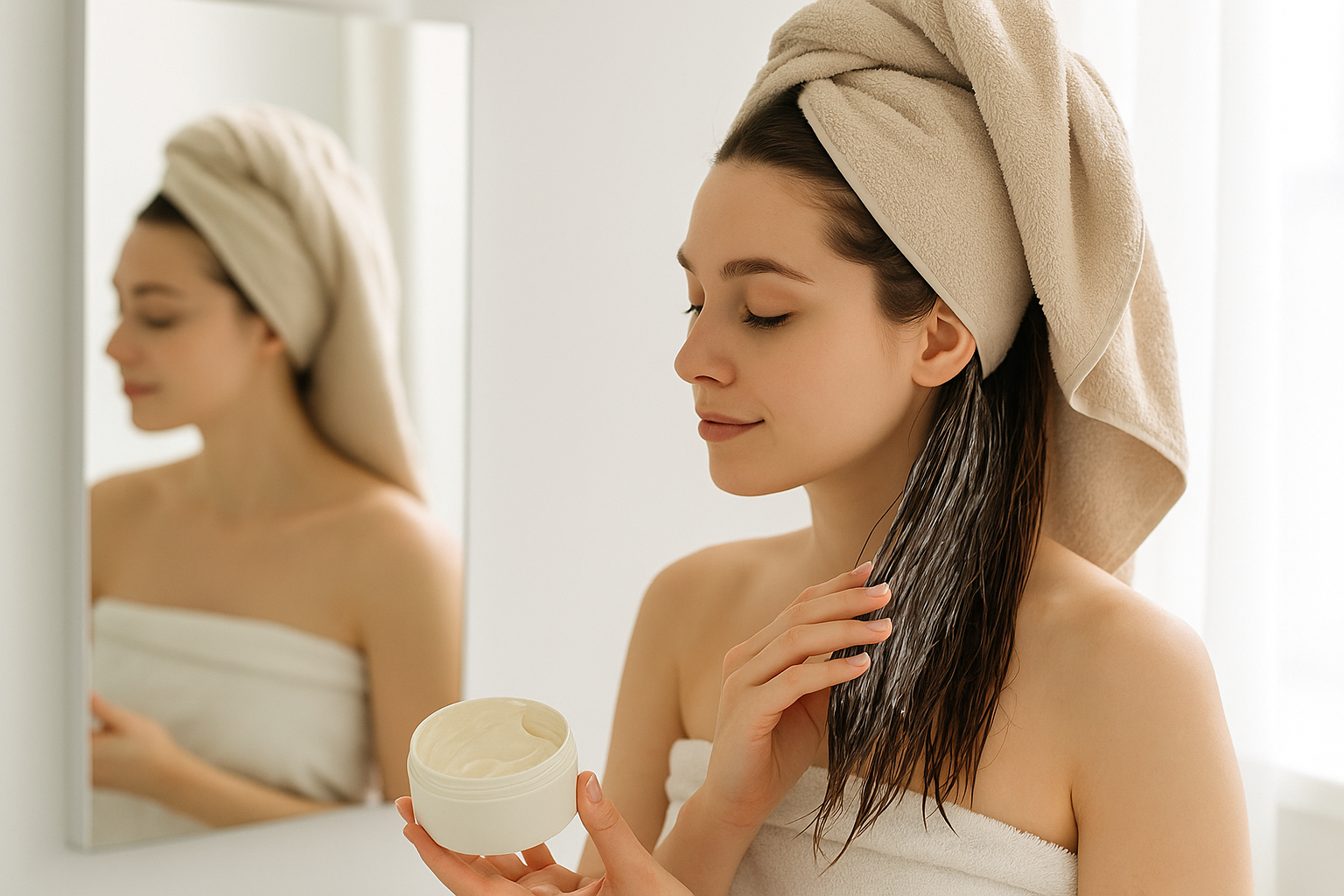People say stress can make your hair fall out. For many, it sounds like one of those health myths until it happens to them. You’re brushing one morning, and more strands than usual end up in your hand. Or you notice the shower drain clogging faster. It’s unsettling.
Stress really can be the trigger. The connection between your mind, body, and hair is stronger than most people realize. But it doesn’t happen in a single moment. The process builds quietly in the background before you start to see the difference in the mirror.
Also Read: Which Vitamin Is Good for Hair Fall Control and Stops Hair Loss?
What Stress Does to Your Hair’s Life Cycle?
Hair doesn’t grow all at once. Each strand is on its own schedule, growing, resting, then shedding. Under normal conditions, only a small percentage of hairs are in the shedding phase at any given time.
When you’re under prolonged stress, that balance tips. Stress hormones like cortisol can push a large number of follicles into the resting stage early. A few months later, those hairs shed almost at once, which is why the loss feels sudden.
You might not connect the dots right away, because the stressful period and the hair fall don’t line up on the calendar. That delay is one reason people find the experience confusing.
Not All Stress-Related Hair Loss Looks the Same
Telogen Effluvium: It is probably the most common stress-linked pattern. This is when emotional strain, illness, surgery, or even rapid weight changes send many hairs into the resting phase. It’s diffuse, meaning you’ll see thinner volume all over, not in a single bald patch.
Alopecia Areata: It is an autoimmune condition. Your body starts attacking hair follicles. Stress doesn’t cause it directly, but it can trigger an episode if you’re already prone to it. This results in small, round bald spots. These cases need a focused regime to help with restoration.
Trichotillomania: This one is behavioral. People feel a strong urge to pull out their hair when stressed or anxious. Over time, repeated pulling can damage follicles permanently, so it’s important to address the root cause early.
Also Read: Which Vitamin Deficiency Causes Hair Fall the Most?
How to Tell if Stress Might Be the Culprit
If your hair started falling out about two or three months after a stressful event, that’s one clue. Another sign is that the loss feels sudden, but it’s spread across your scalp. Nails might be weaker. Skin might feel drier.
It’s not always stress. Hormonal changes, poor diet, and scalp infections can cause the same thing. A dermatologist can help confirm.
Getting Hair Back After Stress
Restoration is possible in most cases, but it’s not instant. Hair grows about half an inch per month, so even after your body recovers, visible change takes time. What you do in the meantime matters.
Lower the stress load – Sounds obvious, but it’s the core fix. That can mean adjusting work hours, building in downtime, or practicing things like meditation, slow breathing, or regular walks.
Feed your follicles – Protein, iron, zinc, vitamin D, and omega-3s are all part of healthy hair growth. If your diet’s missing them, your hair will show it.
Gentle care – Skip harsh chemicals, heavy heat styling, or hairstyles that pull tight. Massage your scalp a couple of times a week to help circulation.
Targeted procedures – If you do not see your hair coming back, a dermatologist might suggest options like QR678®. In this procedure, plant-derived growth factors are administered directly to the scalp to support follicle health. Microneedling and low-level laser therapy can also be part of a restoration regime.
Also Read: How Often Should You Oil Your Hair for Hair Growth?
Why Patience Is Non-Negotiable
Stress-related hair fall doesn’t reverse overnight. Once the follicles shift back into the growth phase, they still need months to produce enough new hair to be noticeable. This waiting period is where many people give up, switching products too often or expecting instant results. Consistency is what brings change.
Keeping Stress From Reaching Your Scalp Again
1: Sleep like it matters, because it does.
2: Keep moving. Exercise supports blood flow and hormone balance.
3: Stay hydrated and eat real, varied food.
4: Make space for hobbies or downtime before your body forces you to.
5: Small habits add up. The less strain on your body, the less likely it is to sacrifice hair health.
Also Read: Neem Leaves for Dandruff and Hair Fall
Bottom line
Stress can and does cause hair fall, but most people can turn it around. Spot the signs early, take pressure off your system, and follow a steady care plan. Whether it’s lifestyle adjustments or advanced help like QR678® or microneedling, the earlier you start, the better your chances of full restoration.



